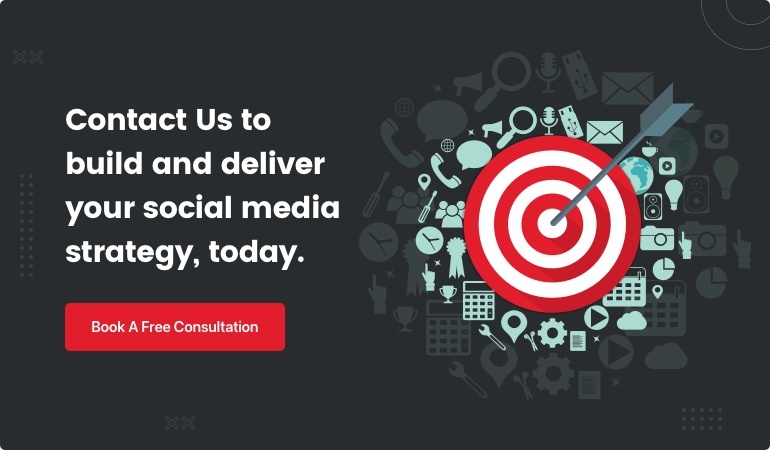
If you have a LinkedIn profile and you read this, you probably know that in 2014 LinkedIn launched its own publishing platform. LinkedIn is a professional business network, so blogs published on LinkedIn differ a lot from those shared on other social media platforms such as Facebook and Twitter. Blogging on LinkedIn is for serious business writers only, and therefore if you intend on publishing a blog on LinkedIn – you’re at the right place. Before you start writing, there are some things you need to consider or else your blog post might not get noticed.
In this article I prepared a digested version of an article published on OkDork on the best LinkedIn publishing tips based on the analysis of 3,000 LinkedIn posts.
Below are the five things you probably didn’t know about blogging on LinkedIn, but which you’ll find particularly useful if you are planning to publish on LinkedIn.
Let’s dig in.
1. Make it sufficiently long…
Apparently, people on LinkedIn love reading long pieces of writing. So, a blog on LinkedIn isn’t something you can write overnight. No need to write thousands of words. Keep it to 300-500 words and make sure your thoughts have a nice clear structure. Long articles also have advantages. They frequently get more shares, comments and likes. In addition to that, they are great for search engine optimization since long texts always rank better. That said, even this article doesn't need to have 2,000 words. That's because it has interesting information and it's better than not writing/publishing at all. Sort of like with sports: just because you don't have the time to run a 10k every day, doesn't mean that sitting on the couch is OK. How about running 2k instead? Right?!
2. ...But keep your headlines short.
As far as headlines are concerned, the rule is the opposite. Keep it short and catchy, and keep it simple – LinkedIn readers don’t like long-winded headlines. Ideally, they should be somewhere from 40 – 49 characters long.
3. Bring something of unique value to your readers
LinkedIn readers expect to get some value from your blog. There’s no point in writing a blog about something that is already available all over the Internet. So, a word to the wise – write about something you are really familiar with, and write about it in great detail. After all, you want to position yourself as an expert in your line of business, so better write like one.
4. Maintain a neutral tone
Sometimes you’re so passionate about your subject matter and you want to express yourself in your writing. On LinkedIn, however, this will mostly not be appreciated. Turns out that LinkedIn readers prefer a neutral unbiased approach to writing, where you objectively lay out and logically analyze the data, or whatever you are writing about.
5. Don’t include videos
Videos are not welcome in LinkedIn posts. It does seem a bit odd, but readers on LinkedIn don’t appreciate videos that much. On Facebook, Twitter, Instagram and Google+ it’s the opposite. Believe it or not, but it has been reported that posts with videos get less shares, likes and comments, than the ones who don’t. So, if you really don’t have to – don’t include videos in your LinkedIn blog post.
[NOTE from 2017: Interesting, right?! Since I originally wrote this article in 2015, things have changed so much on LinkedIn. In a way, it has turned into sort of a Facebook for professionals. The tone and content shared on LinkedIn has definitely changed and LinkedIn itself now offers you the possibility to add videos. This trend is slowly catching on and while most professionals don't yet take the time to record their own videos, let's just wait another two years. Somehow, I'm getting the feeling I may have to update this post again in 2019...]
Do you have additional experiences and insights about blogging on LinkedIn? Let me know and share a comment - looking forward to hearing from you!








